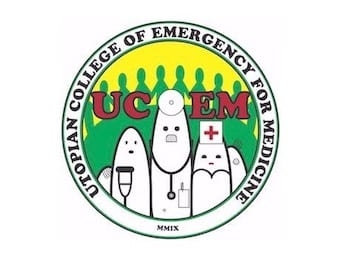
Bleeding Tracheostomy
Haemorrhage from, or around, a tracheostomy site is both relatively common and potentially life-threatening

Haemorrhage from, or around, a tracheostomy site is both relatively common and potentially life-threatening

Since Count Volta first started mixing electrolyte solutions, redox reactions have driven human devices thanks to their storage of chemical energy. From small cells, it was just a matter of time before lazy and lethargic Americans, sick of manually cranking their cars demanded starter engines, and of course the humble car battery.

Questions 13.1. Apart from vancomycin, list three antibiotics that have activity against hospital acquired methicillin resistant staphylococcus aureus (MRSA). 13.2 List an example of each of the three main classes of systemic antifungal agents. 13.3. Briefly outline the dosing adjustment…

LMA is an acronym for Laryngeal Mask Airway; a type of extraglottic airway device aka supraglottic airway device (SAD)

the intubating LMA (Fastrach™) is a specially designed supraglottic airway device (SAD) that can be used as a conduit to facilitate intubation

ETT stylet is a device that allows the endotracheal tube (ETT) to be stiffened and the shape molded as desired.

the advent of video laryngoscopy has led to some experts stating that it should be considered 'standard of care' (a loaded term) or at least best practice, this had led to vigorous and sometimes heated debate, especially in the emergency medicine community

Direct laryngoscopy is the use of the laryngoscope to visualise the vocal cords (larynx) under direct vision, usually to facilitate endotracheal intubation.

Difficult Airway Algorithms. Difficult airway algorithms are useful for considering all the contingencies that may occur during intubation

There are different approaches to determining what is in a patient's best interests, if he or she is not competent to express them for his or herself:

OVERVIEW Consent is the acceptance or approval of what is planned or done by another The process by which a patient is informed and voluntarily allowing a procedure or investigation to be performed on themselves, having considered the risks and…

Capacity and competence are terms that are often used interchangeably. Capacity is a functional term that refers to the mental or cognitive ability to understand the nature and effects of one's acts . Competence is a legal term that can be defined as being "duly qualified: having sufficient, capacity, ability or authority" — in practice it requires health professionals to perform a functional test of competence to examine the ability of the particular patient to consent to the specific treatment being offered